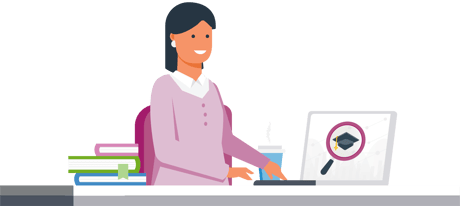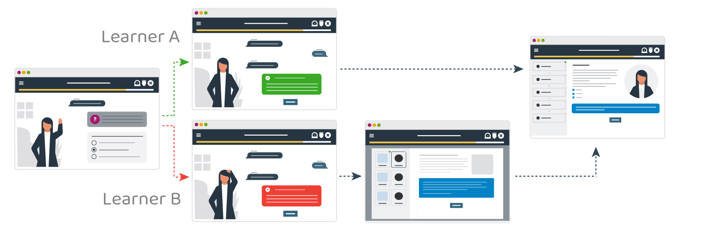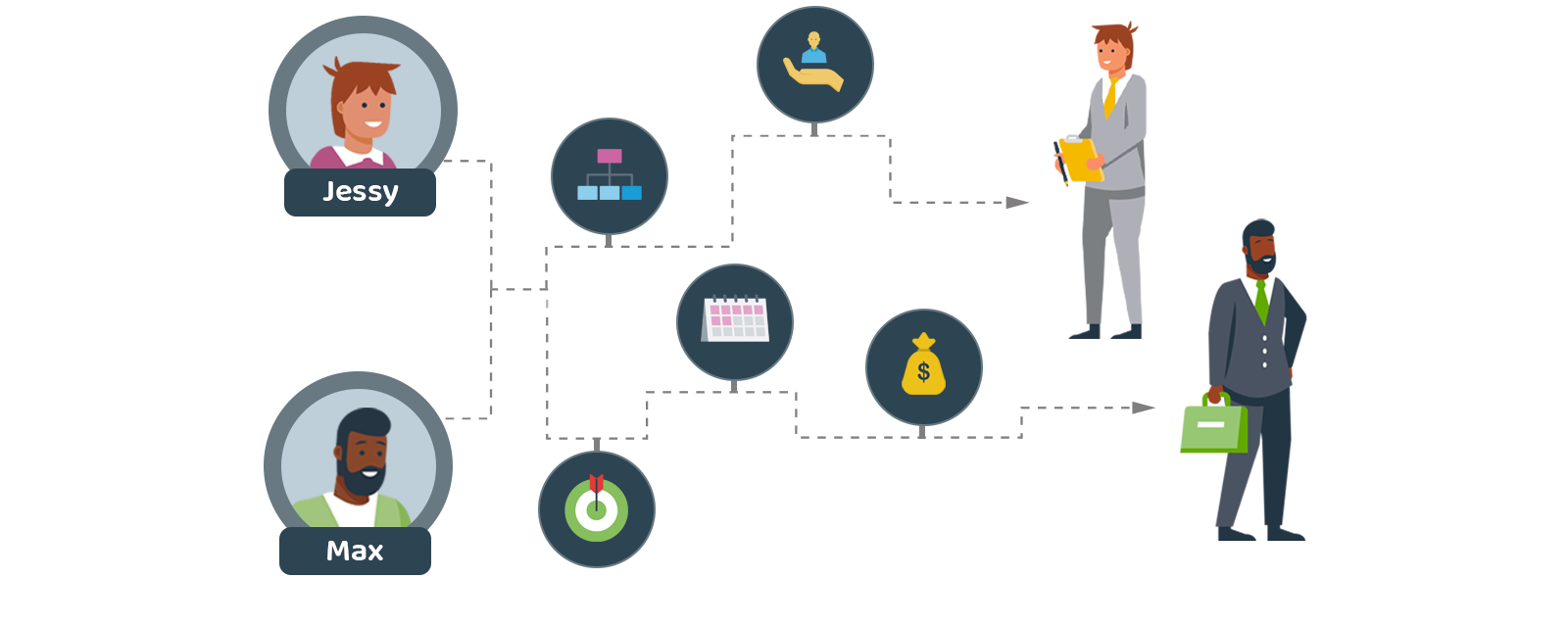In this series of four blogs we look at ways to use “data in the flow of learning” - by which we mean ways to use data to enhance and shape the learning experience in real-time for the learner, as opposed to the still very important use of data in reporting, evaluations and analytics.
In this series we will look at four ways to use data in the flow of learning:
-
Maintaining engagement and focus through personal goal setting
-
Personalising learning through adaptive pathways
-
Empowering learning relationships through conversation dashboards
In this blog we take a deeper look at some of the ways we are using data to create adaptive learning pathways and provide more relevant experiences for learners.
Adaptive pathways are a collection of techniques used to create personalised pathways through learning experiences. The most common and widely practiced in elearning design is multi-path learning, where we select what to show next to the learner based on the previous answer they have given. This is essentially using one data point, the previous answer, to determine the next step in the learning experience will be. It’s useful but somewhat limiting. Adaptive learning is much broader than this; it's about taking any data point we know about a learner to adjust their learning experience to be more targeted and personalised to their needs.
Why make adaptive experiences?
Individual learners have different wants, needs and ways of learning. In many cases, a blanket ‘everyone does everything’ approach to learning doesn’t work – you end up with a lot of frustrated learners completing unnecessary learning that isn’t relevant to them, their role or their interests. Adaptive learning allows you to create a personalised learning experience based on data and information you know about the learner. This benefits both the learner and the organisation, as individuals will often be more engaged with their learning and achieve better outcomes in a quicker time frame.

How to get started with data-driven adaptive learning?
We recommend looking at what your learner’s needs from two broad perspectives, and seeing what data you have available to you in these two areas:
-
Organisational structures - this includes the learning needs that relate to an individual's role, location and business unit. It may also include looking at performance metrics that are related to the performance of their business unit; for example the store they are in might be performing poorly on NPS but great on safety metrics, identifying where additional training may be useful. These dimensions can offer guidance to what you should include in your learning, as well a means to meaningfully personalise experiences.
-
Individual Capability or need - here we look deeper into the needs of the specific learner based on their current capabilities, experiences and self identified needs. This is where we can get hyper personalised to the individual's needs.
Build a useful data set about your organisational structure
To create adaptive programs you need good data about your people and your organisation. Inevitably, on many projects we have worked on the learning project requirements have kicked off a broader project of cleaning up employee data, such as developing clearer role or responsibility definitions. However, far more useful has been building profiles of business units, such as store locations - knowing simple things like what equipment is used in a specific location can be really powerful in creating personalised learning. As mentioned above you can also take this a step further by collecting performance metrics about business units and locations, and use this to personalise pathways.
If you want to use organisational attributes to personalise your learning, staying on top of your data and keeping it clean and up to date will let you create some magical experiences for your employees that will make them feel valued - as opposed to feeling like they are being sheep dipped through learning that is irrelevant to them.

Data for Understanding Individuals Needs
To get hyper personalised we need to gather data about an individual’s capability needs. Broadly, this data can come from three sources
-
Performance data from other systems such as talent management and performance platforms. This can sometimes be difficult to access, but if you can make it available to your adaptive learning platform you can have a big impact on an individual’s performance through hyper-targeted learning.
More practically you can design the assessment of capability needs into the learning experience itself, putting data collection in the flow of learning, and this leads to our other two sources of data for adaptive learning:
-
Self-assessment by the learner at the beginning of or throughout their journey
-
Assessment by their manager or trusted colleague.
Using one or both of these is by far the easiest to execute method of adaptive learning as the data collection is contained in the learning experience itself and you do not need to rely on integrating with external data sources.
The key to writing good diagnostics or self-assessments is having a capability map for your learning. For each area of capability you develop an indicator, or a score for that capability area. You then write a series of assessment questions to assess that capability. These questions do not need to be just right and wrong questions - they can be behavioural and situational questions too. In fact, writing self-reflective questions and positioning the assessment as helping create a personalised learning journey is far more effective than a quiz style assessment, as learners will be less likely to try and game the system and will engage more authentically.
What type of data can I use to personalise?
To summarise and to help you think about the data you can put int he flow of your learning to create adaptive experiences, here is a brief list of the type of data you can use to personalise your learning:
-
Role
-
responsibilities
-
Leadership level
-
Time in role
-
Previous roles
-
Location
-
Location attributes such as equipment
-
Location performance data
-
Individual performance data
-
Quiz question answers
-
Quiz results
-
Self-assessment indicators
-
Manager diagnostics
These are only a few possibilities - the list for what data you can use in the flow of learning to create more magically personalised experiences is endless.
If you would like to discuss some other ways you would like to use response playback in your eLearning, please get in touch with us - we would love to hear from you.

.png)

